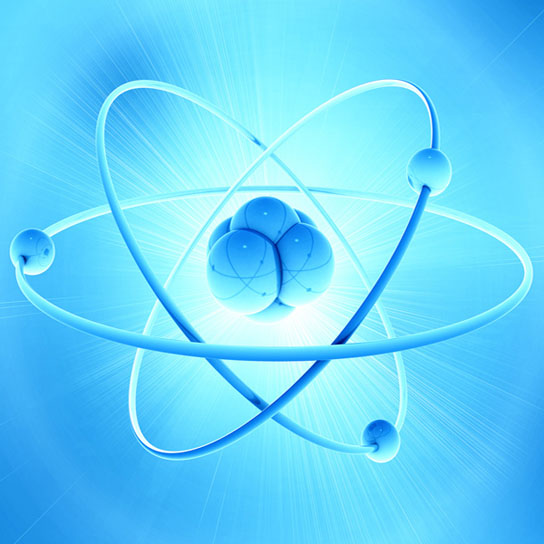
The nucleus is commonly perceived as a fixed arrangement of particles, yet numerous dynamic processes occur at the subatomic level. Credit: Argonne National Laboratory
Researchers at the U.S. Department of Energy’s Argonne and Thomas Jefferson National Laboratories have demonstrated that a quarter of the nucleons in a dense nucleus exceed 25 percent of the speed of light.
When most of us think of an atom, we think of tiny electrons whizzing around a stationary, dense nucleus composed of protons and neutrons, collectively known as nucleons. A collaboration between the U.S. Department of Energy’s Argonne and Thomas Jefferson National Laboratories has demonstrated just how different reality is from our simple picture, showing that a quarter of the nucleons in a dense nucleus exceed 25 percent of the speed of light, turning the picture of a static nucleus on its head.
“We normally picture a nucleus as this fixed arrangement of particles, when in reality there’s a lot going on at the subatomic level that we just can’t see with a microscope,” said Argonne physicist John Arrington.
Arrington and his colleagues used one of the Jefferson Lab’s large magnetic spectrometers to look at the behavior of nucleons in some light atoms—deuterium, helium, beryllium, and carbon. Physicists had long believed that “short-range correlations”—the interactions within nuclei that produced high-momentum nucleons—would largely reflect the density of the atom’s nucleus, as they did in heavier nuclei.
This hypothesis largely held true, except in the case of beryllium. Unlike the other atoms under investigation, beryllium contains two clusters of nucleons, each resembling a helium-4 nucleus. These nucleons, in turn, are bound to one additional neutron. Because of this somewhat unwieldy configuration, the nucleons in beryllium experienced a relatively high number of collisions despite being one of the least-dense nuclei.
The nuclear “speed boost” observed by the researchers may have resulted from the interaction between the quarks that compose the nucleons that come into contact with one another. Each proton and neutron consists of three quarks that are bound extremely tightly to one another. When nucleons get too close together, however, the forces that usually constrain quarks can get disrupted, modifying the quark structure of the protons and neutrons or possibly even forming composite particles from the quarks of two nucleons.
“Because the interaction between two closely spaced nucleons is responsible for both changes in momentum and quark behavior, I think it’s imperative that scientists continue to study the phenomena that take place there,” Arrington said. “Our next measurement will try to examine this question directly by taking a snapshot of the quark distributions at the moment when the nucleons are close together.”
The work was funded by the Office of Nuclear Physics within the U.S. Department of Energy Office of Science.
Argonne National Laboratory seeks solutions to pressing national problems in science and technology. The nation’s first national laboratory, Argonne conducts leading-edge basic and applied scientific research in virtually every scientific discipline. Argonne researchers work closely with researchers from hundreds of companies, universities, and federal, state and municipal agencies to help them solve their specific problems, advance America’s scientific leadership and prepare the nation for a better future. With employees from more than 60 nations, Argonne is managed by UChicago Argonne, LLC for the U.S. Department of Energy’s Office of Science.

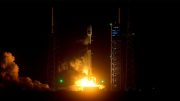
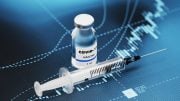
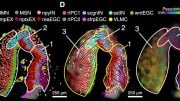
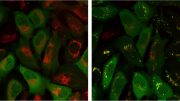
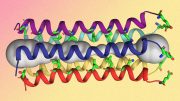
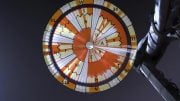
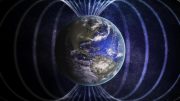

Be the first to comment on "Nucleons in a Dense Nucleus Exceed 25 Percent of the Speed of Light"